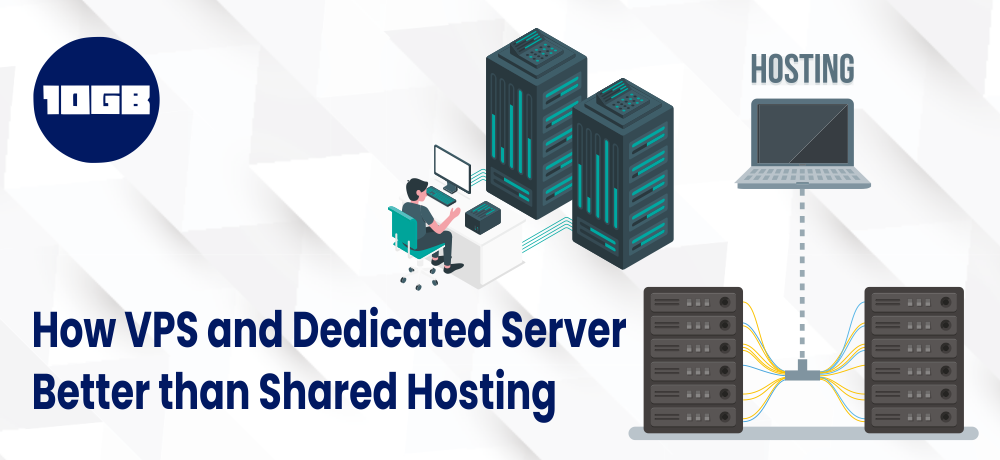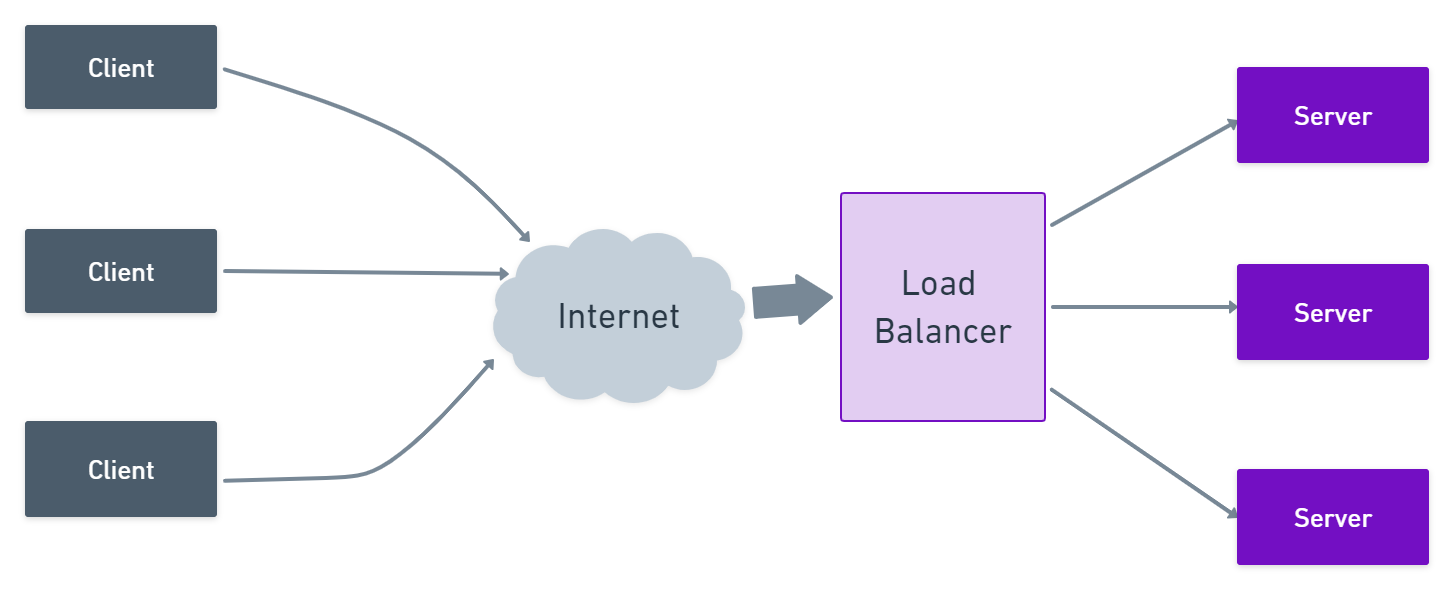Refinancing is a term that you may have come across quite often. But do you really understand what it means? In essence, refinancing refers to taking out a new loan to pay off existing loans, usually at a lower interest rate. This can be a great way to reduce your monthly payments, lower your interest rate, and even consolidate your debts. In this article, we will dive deeper into the concept of refinancing and the important questions that you need to ask yourself before considering it.
What to know before refinancing your investment loan

If you have an investment loan, refinancing is an option that you should consider carefully. Before you make a decision, there are several factors that you need to keep in mind.
First and foremost, it is important to consider the current interest rates offered by lenders. If the rate is lower than your existing investment loan rate, refinancing may be a good idea. However, keep in mind that you will need to pay closing costs and any other fees associated with refinancing, which can add up to a considerable amount.
Another factor to consider is the length of your loan term. Depending on your financial goals, you may want to extend or shorten the term of your investment loan. Keep in mind that extending your loan term will result in lower monthly payments, but may mean that you end up paying more interest in the long run.
What does it mean to refinance your loan?

When you refinance your loan, you essentially take out a new loan to replace your existing one. The new loan will have a lower interest rate, which can save you a significant amount of money over time. Additionally, refinancing can provide you with more favorable loan terms, such as a longer repayment period or a lower monthly payment.
If you are considering refinancing your loan, it is important to assess your financial situation and ensure that it is the right decision for you. It is also crucial to shop around and compare rates from multiple lenders to find the best deal.
Refinancing your student loan

Refinancing your student loan is a smart financial decision that can save you money in the long run. By refinancing, you will be able to secure a lower interest rate and potentially lower your monthly payments. However, it is important to carefully evaluate your options before making a decision.
First and foremost, you should assess your financial stability and determine if refinancing is the right decision for you. Additionally, it is important to shop around and compare rates from multiple lenders to ensure that you are getting the best possible deal.
When refinancing your student loan, you may also want to consider other factors such as the repayment terms and any potential fees associated with refinancing. By taking the time to do your research and carefully evaluate your options, you can ensure that you make a smart financial decision that will benefit you in the long run.
Questions to ask yourself before refinancing
Before you make the decision to refinance, there are several important questions that you need to ask yourself. These include:
- What are the fees associated with refinancing?
- What is my current interest rate, and what are the interest rates offered by lenders?
- What are my financial goals, and how will refinancing impact them?
- What are the potential benefits and drawbacks of refinancing?
- What is the length of my loan term, and should I extend or shorten it?
By answering these questions and carefully evaluating your options, you can make an informed decision about whether or not refinancing is the right choice for you.
In conclusion, refinancing can be a great way to save money and improve your financial stability. Before you make a decision, it is important to carefully evaluate your options and assess your financial situation. By taking the time to do your research and asking the right questions, you can make a smart financial decision that will benefit you in the long run.































